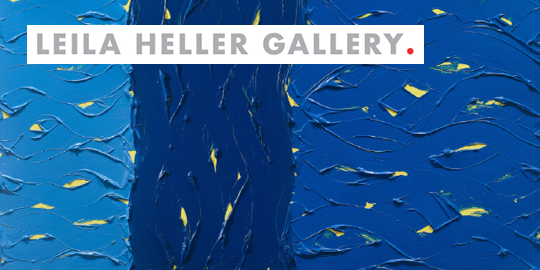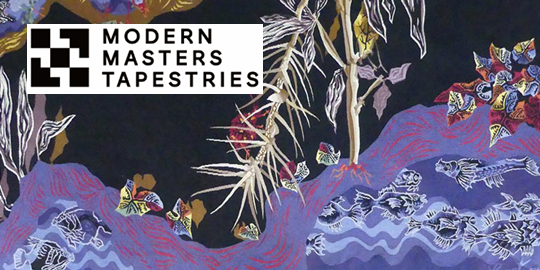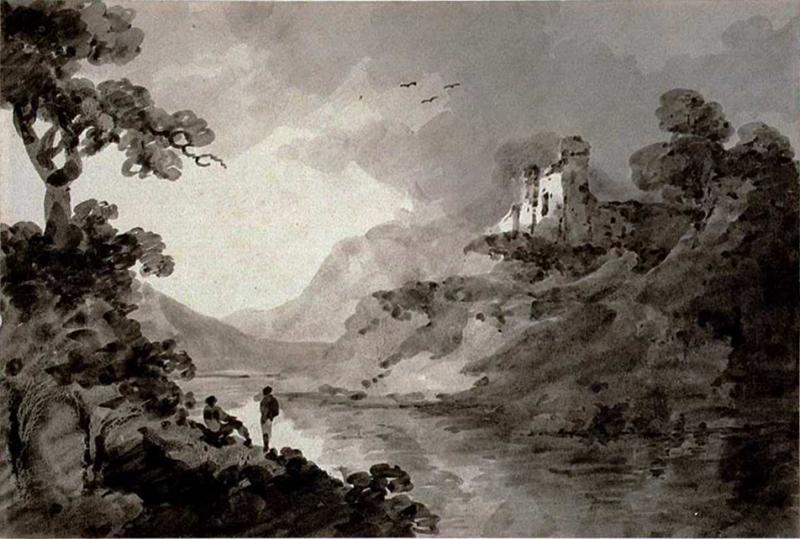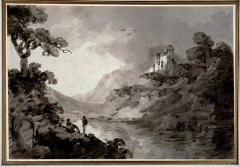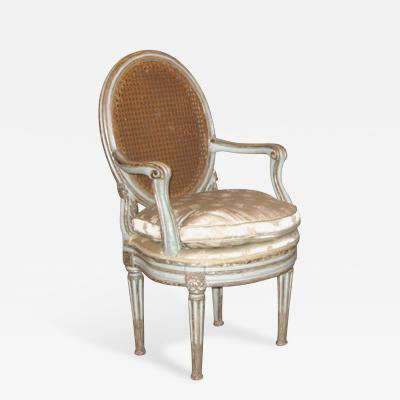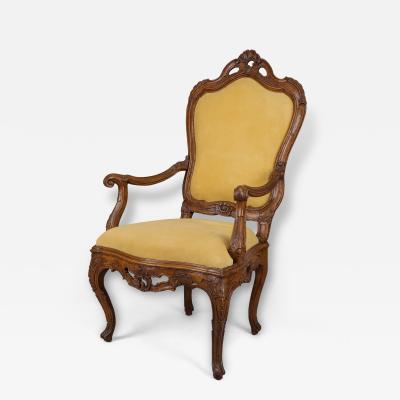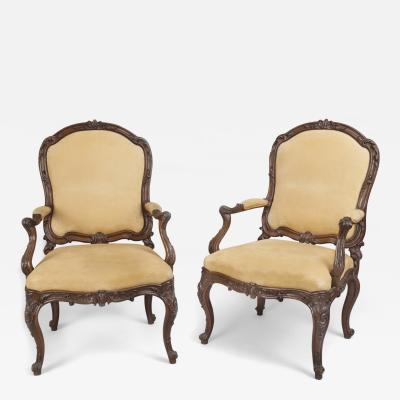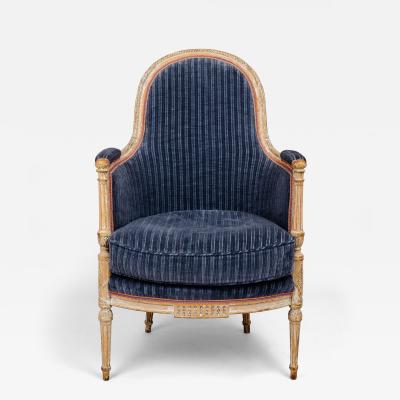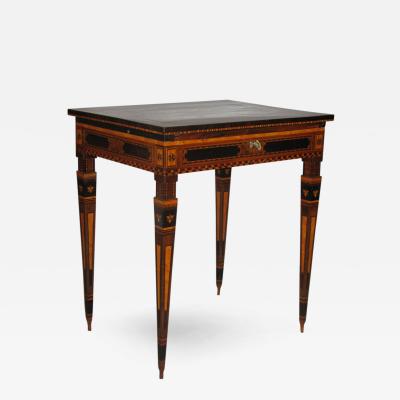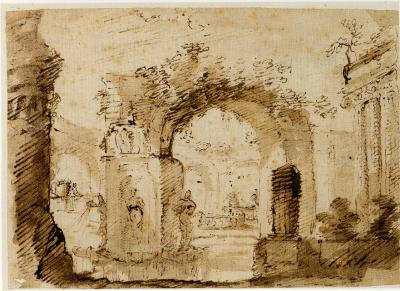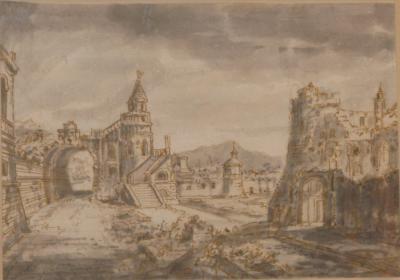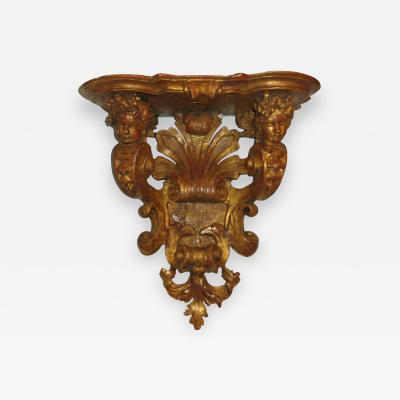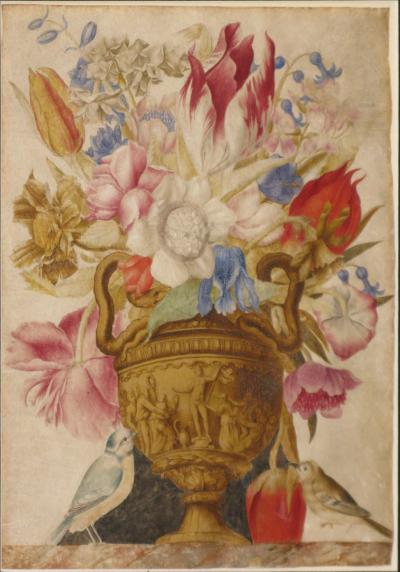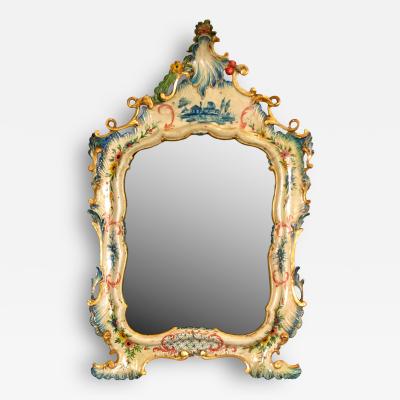River Landscape with Figures
-
Description
River landscape with figures on a bank below a castle on a hilltop
Member of a notable English family of artists and writers, William Gilpin was the son of Captain John Bernard Gilpin, a landscape painter, the elder brother of Sawrey Gilpin, an animal painter, and the father of William Sawrey Gilpin, a landscape watercolorist. After graduating from Oxford, William Gilpin became a clergyman and then the headmaster of a school in Surrey, a position he held for thirty years, during which time he avidly pursued his interest in the arts as a draftsman, printmaker and theorist. Beginning in 1748 with an analysis of the famous gardens at Stowe, Gilpin became one of the most influential proponents of the Picturesque movement. Between 1768 and 1776, he made annual tours of the countryside throughout Britain, taking notes and making drawings, which were later published. Illustrated with his own aquatints, these influential books, which were widely circulated, offered the layman aesthetic guidance for assessing both art and landscape. In 1786, turning his full attention to the composition of landscape, both natural and artificial, Gilpin published his most important work, Observations Relative Chiefly to Picturesque Beauty…of Cumberland and Westmoreland. Presaging the ideals of Romanticism ,his theory of the Picturesque had considerable influence upon English taste for more than fifty years, promoting the essential roughness and deformity of a landscape over its more obvious beauty.
This ink wash drawing, possibly depicting the ruins of Scaleby Castle in the Lake District, is nearly identical in medium, handling and size to the twenty-four landscape views contained in an important album by Gilpin, which was originally sold by the artist at auction (see Christie’s, London, 6 May 1802, lot 94). The artist’s unpublished albums were in such great demand that he raised enough funds to endow a parish school at Boldre, Lymington with the sale of these works. Gilpin used these albums to demonstrate his ideas concerning the art of composition. Throughout the albums, landscapes are divided into pairs, with each pair representing one particular view. The second picture of the pair often shows some form of compositional improvement to the first, and Gilpin uses written notes to clearly and effectively explain the pictorial changes he has made. - More Information
-
Dimensions
W. 10.75 in; H. 7.4 in; W. 27.31 cm; H. 18.8 cm;
Message from Seller:
L' Antiquaire & The Connoisseur, Inc. specializes in European works of art, antiques, and paintings, with a rich history dating back to 1935. For more information, contact us at 212.517.9176 or info@lantiquaire.us.


